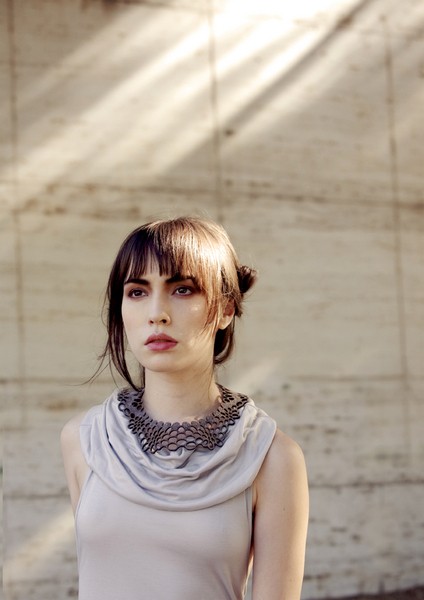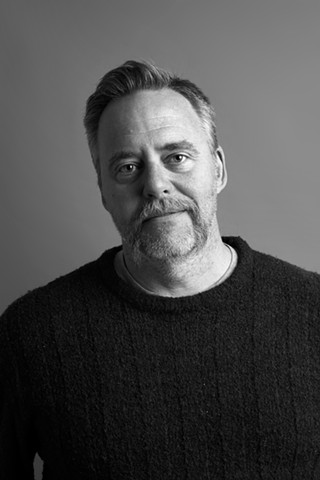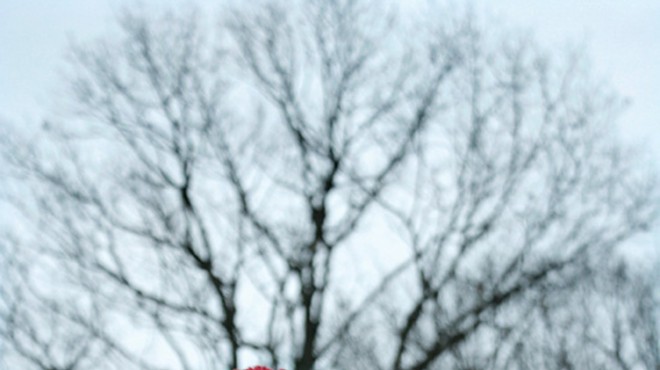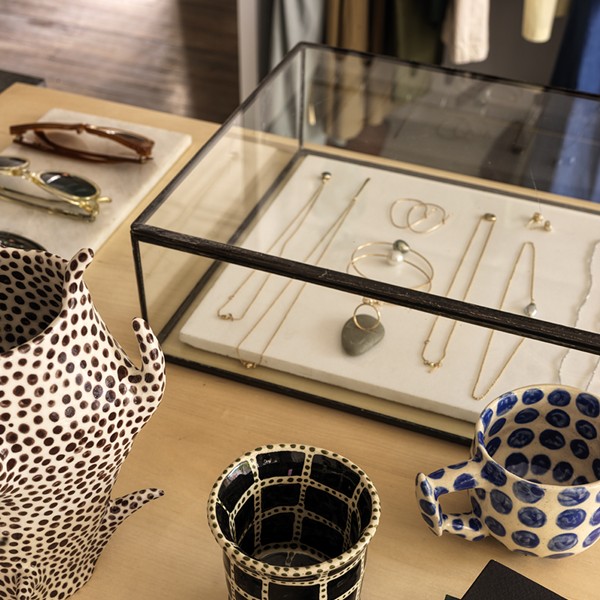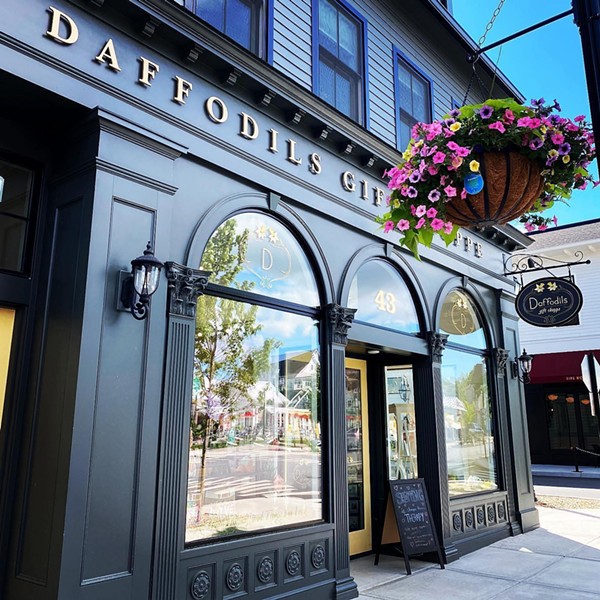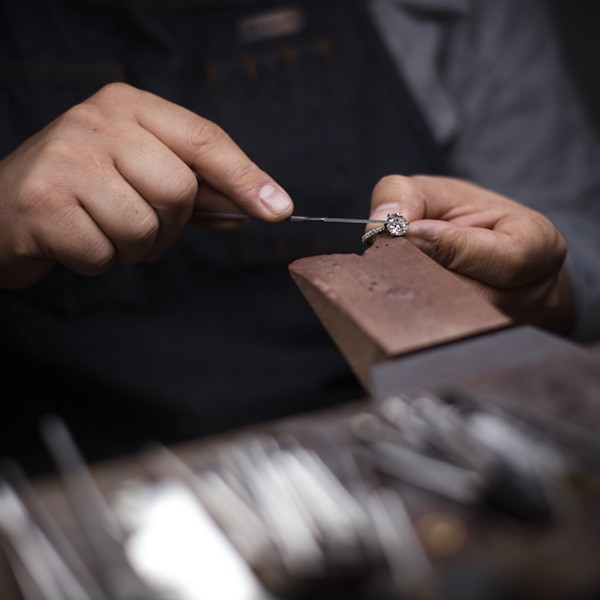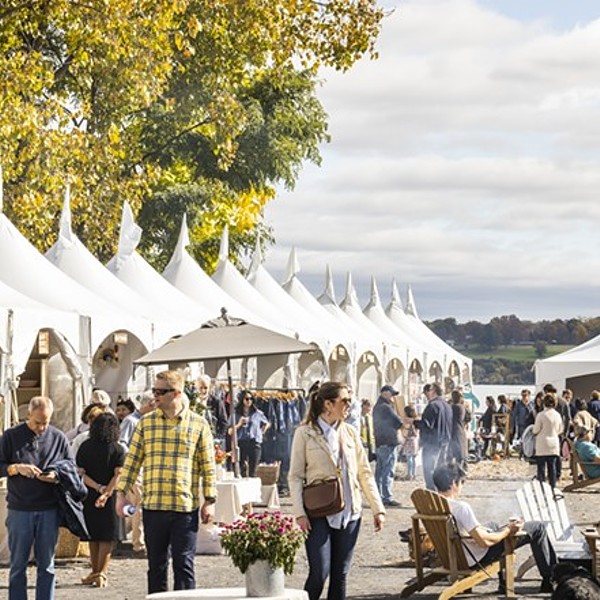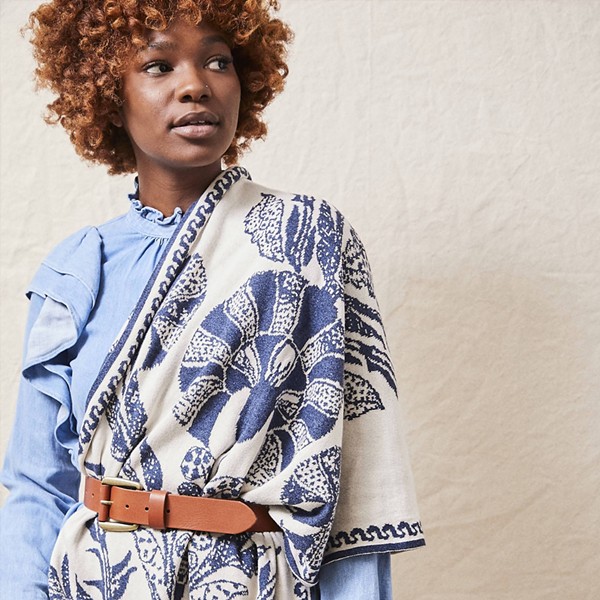Jesse Louis-Rosenberg and Jessica Rosenkrantz are atypical designers. While the brass ring for most designers is to create a form that can be reproduced ad infintum, the cofounders of Nervous System have developed computer prgrams to generate one-of-a-kind designs. Using open-source programming, Rosenkrantz and Louis-Rosenberg built algorithms that users can manipulate via applets on the Nervous System site. This allows customers to design their own distinct creations within the context of the nature-based patterns developed by the pair. The method—the design of the design—is as elegant as the necklaces, bracelets, earrings, and brooches that take their inspiration from dendritic clusters, honeycombed radiolaras, and branching coral formations.
While currently relocated to the Boston area, Rosenkrantz and Louis-Rosenberg maintain a studio in Saugerties. The duo recently participated in the AltCraft section of the 2009 American Craft Council show held in Baltimore last month.
NERVOUS SYSTEM ON THEIR WORK
Process
We are not traditional jewelry designers and have no training in jewelry or any associated craft, so to us our approach did not seem so unusual. Our background is in science and architecture. We are used to designing with CAD software and making things with computer-controlled processes. So the systems came before the jewelry. Our work actually derives some experiments in computationally generated architectural design. Our process went completely the other way around. We were not inspired to write a design program. We were inspired to make jewelry with design programs we had already been playing with.
The natural world
We are constantly interested in the natural world and how it works, so there are definitely other projects [based on the natural world] we are working on. Currently we are experimenting with modeling leaf venation (the process by which veins form). What makes this exciting is that it is not only very intricate and beautiful, but it is also an ongoing area of scientific research. We do not know how and why veins differentiate in leaves. There are still several unproven theories and modeling techniques.
Everyone can design
I think that anyone who wants to be a designer can be. And to that end I want to make our processes and methods as accessible and open as possible. [Our software] lets the curious explore, learn, and take things as far as they want to go. However most people probably do not want to be jewelry designers, so they are perfectly happy to be consumers in that context. I think many people are not yet comfortable being designers, but I hope that is changing.
Small-scale production
There is a distinction between mass production and the small-scale production of standard pieces, which is what many crafters or small designers do. In the past mass-production advantages have led to a marginal role for this sort of production, and I think that is changing. Today people can make things more cheaply and access markets more easily without the need of a large corporation for investment and marketing. As this [trend] progresses, I am hoping small-scale production, both local and nonlocal, will start being more competitive with mass-produced items.
Price point
We think it is important to keep things affordable. Too often, good design is too expensive. Our work is just as beautiful in stainless steel as it would be in silver, so why should we exclude a large segment of the population just to make a little more money? Besides, it is difficult to blur the line between consumer and producer when most consumers cannot afford the pieces.
Ugly things
We’ve had people walk by our stuff and say, “Eww...that looks like a bacterial petri dish.” We have also had people say, “Wow that looks amazing like bacteria.” Some of the pieces we make do have a bit of a disgusting quality to them because they do remind us of nature, which is very messy.
But besides that, the programs can definitely produce designs that we do not find compelling. We spend a lot of time adjusting settings and creating many varieties before choosing final designs.
Nervous System jewelry can be found at Still Life Mercantile in Woodstock, as well as on their website, www.n-e-r-v-o-u-s.com.







